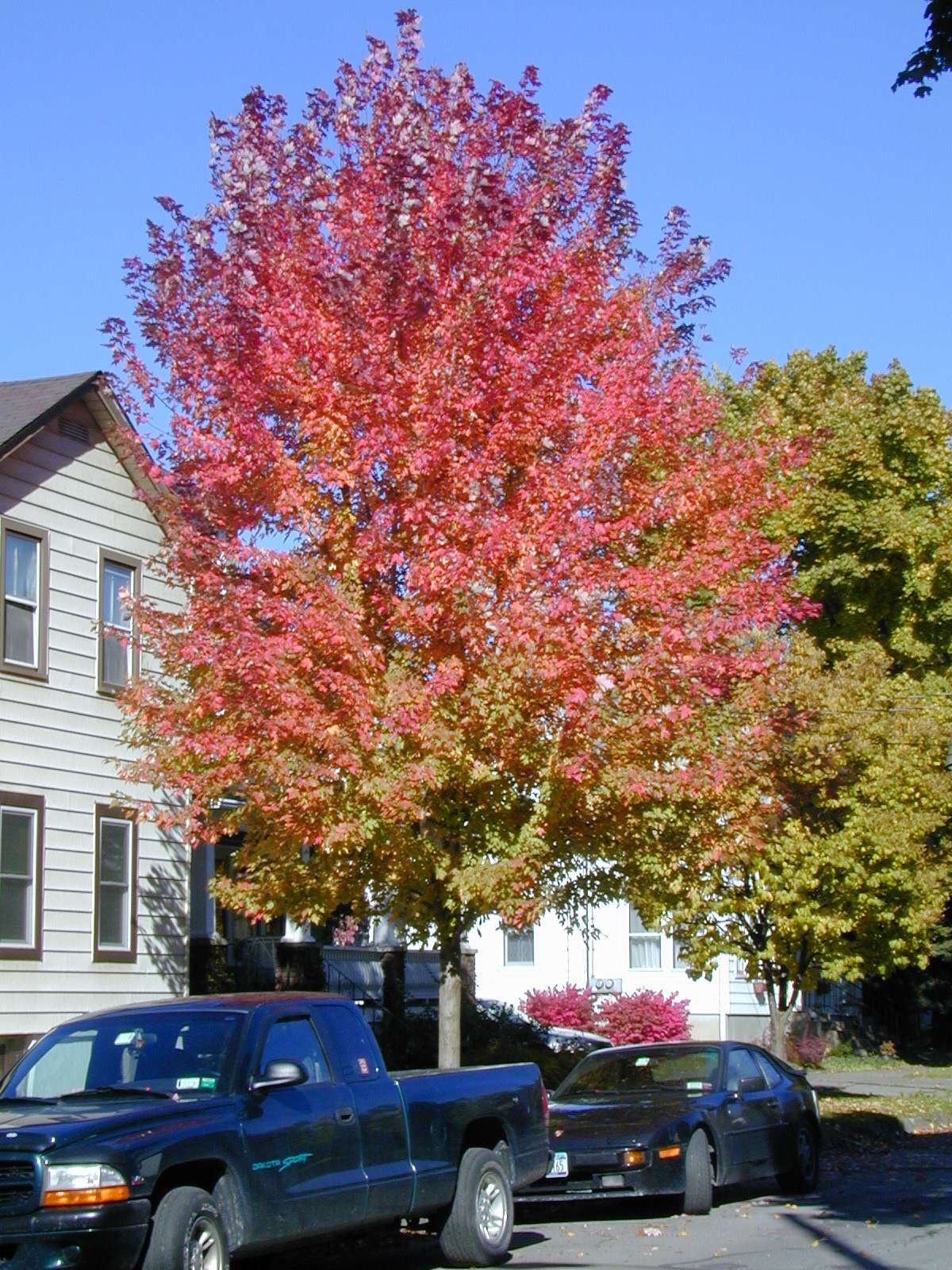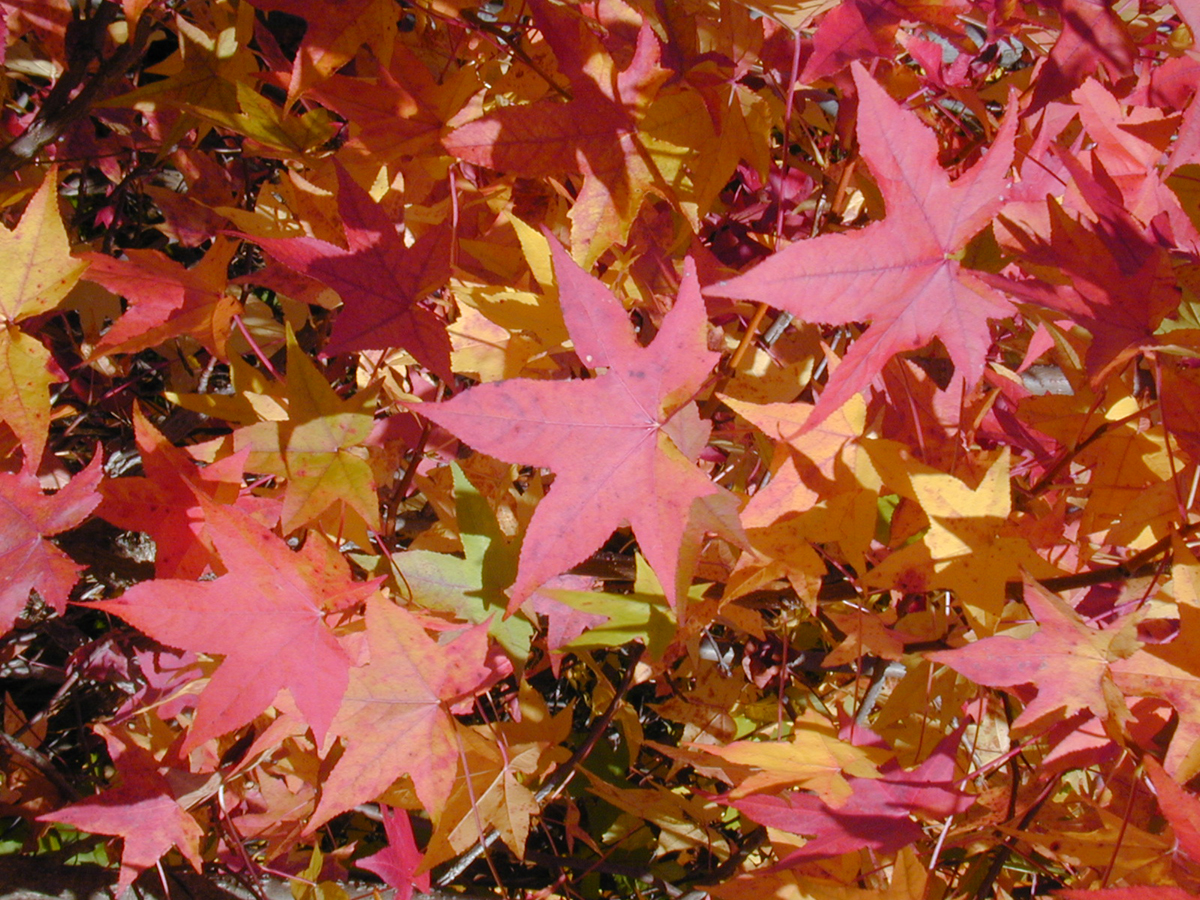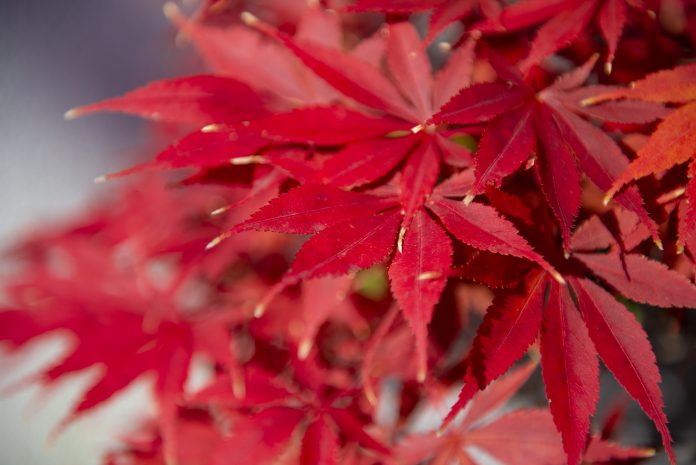Dr Nina Bassuk, Professor at Cornell University, details an absorbing aspect of plant science that concerns the biology of autumn leaf colour and deciduous trees of the northern hemisphere
The glorious season that is autumn in north-eastern North America, is actually the expression of some very necessary physiological processes that prepare deciduous trees for winter. With the advent of shorter days and cooler nights in late summer, a series of responses are triggered which lead to a marvellous array of leaf colours including yellow, orange, red and purple.
Where can you see vivid autumn leaf colour?
Every species has its own signature fall colour, which, in turn, varies with site conditions and tree health. Although all deciduous trees of the northern hemisphere experience varying levels of leaf colour change, those in north-eastern North America share the most vivid leaf colour change with only one other region of the earth, the northern areas of China, Korea and Japan. Viewing the change in colours is an enormous tourist draw, worth hundreds of millions of dollars in revenues every year.

Unlike hardy evergreens whose tough leaves are adapted to temperatures below freezing, the succulent leaves of deciduous trees are not able to withstand the cold temperatures of winter. All leaves are the factories of trees, photosynthesising and creating food that allows the tree to grow. Before the leaves fall, much of this food is transported out of the leaves and into the branches, trunk and roots. At the place of leaf attachment, where the petiole (leaf stalk) meets the branch, a series of specialised, thin-walled cells form what is called the abscission layer.
The abscission layer is the point where the leaf will eventually detach from the branch, but not before the branch is sealed off to prevent water loss or disease entry. The ‘walling-off’ process requires energy from the tree and generally is completed only after several weeks. Then when only the last vestiges of cells are attached, the action of frost, wind or rain may hasten the leaf’s final departure to the ground.
How does the abscission layer impact leaf colour?
Between the time when the abscission layer starts to form and the leaves actually drop to the ground, we are treated to a glorious display of leaf colours lasting over a month. While the abscission layer is forming, the flow of fluids into and out of the leaf becomes more and more restricted. The single most important fact at this point is that chlorophyll, the green pigment predominantly responsible for photosynthesis, begins to break down, unmasking the yellow and orange pigments, which were always present but were masked by chlorophyll.
These pigments, the carotenoids (named after the colour of carrots) are prominent in the fall foliage of the birches, beech, hickory, honey locust and ash, but are also responsible for the colours of the daffodil and sunflower. B-carotene, a precursor for vitamin A, is one type of carotenoid which we are familiar with in food. As a group, the carotenoids also participate in photosynthesis and are thought to protect chlorophyll in the presence of light and oxygen.
However, it is the red and purple pigments of fall foliage when combined with the carotenoids that really cause the eye-catching display we see in the northeast U.S. Maples, oaks, hickories sweetgums and Boston ivy are among the species that literally glow with colour. Pigments called anthocyanins are responsible for these colours, just as they are in beets, petunias and red roses. Their function is not well understood other than for attracting birds and insects for pollination.
As the abscission layer starts to form, anthocyanins are not present but form only when cool nights slow the flow of sugars out of the leaves. The presence of sugars in the leaves along with a sunny exposure is necessary for anthocyanin formation. Not all trees are able to create anthocyanins. The pH of the soil that trees are grown in can also affect the intensity and colour of anthocyanins. The more acid the soil, the redder the colour. The more alkaline the soil, the bluer or more yellow the colour.

Many people say that you need to have a frost to get good fall colour. This is not strictly true, because cool night temperatures above freezing will also trigger anthocyanin formation. The more frequent occurrence of cool night temperatures combined with sunny days favours the production of anthocyanins. It is this combination of sunny days and cool night temperatures during the time when leaves change colour that determines whether it will be a good or great year for fall colour. Rainy, overcast, warm weather during this time will produce a display rich in yellows but poor in reds. Predicting the intensity of the autumn colour is always a tricky business, but it marks the change in the seasons and is responsible for an annual pilgrimage of city dwellers to the countryside.
*Please note: This is a commercial profile











